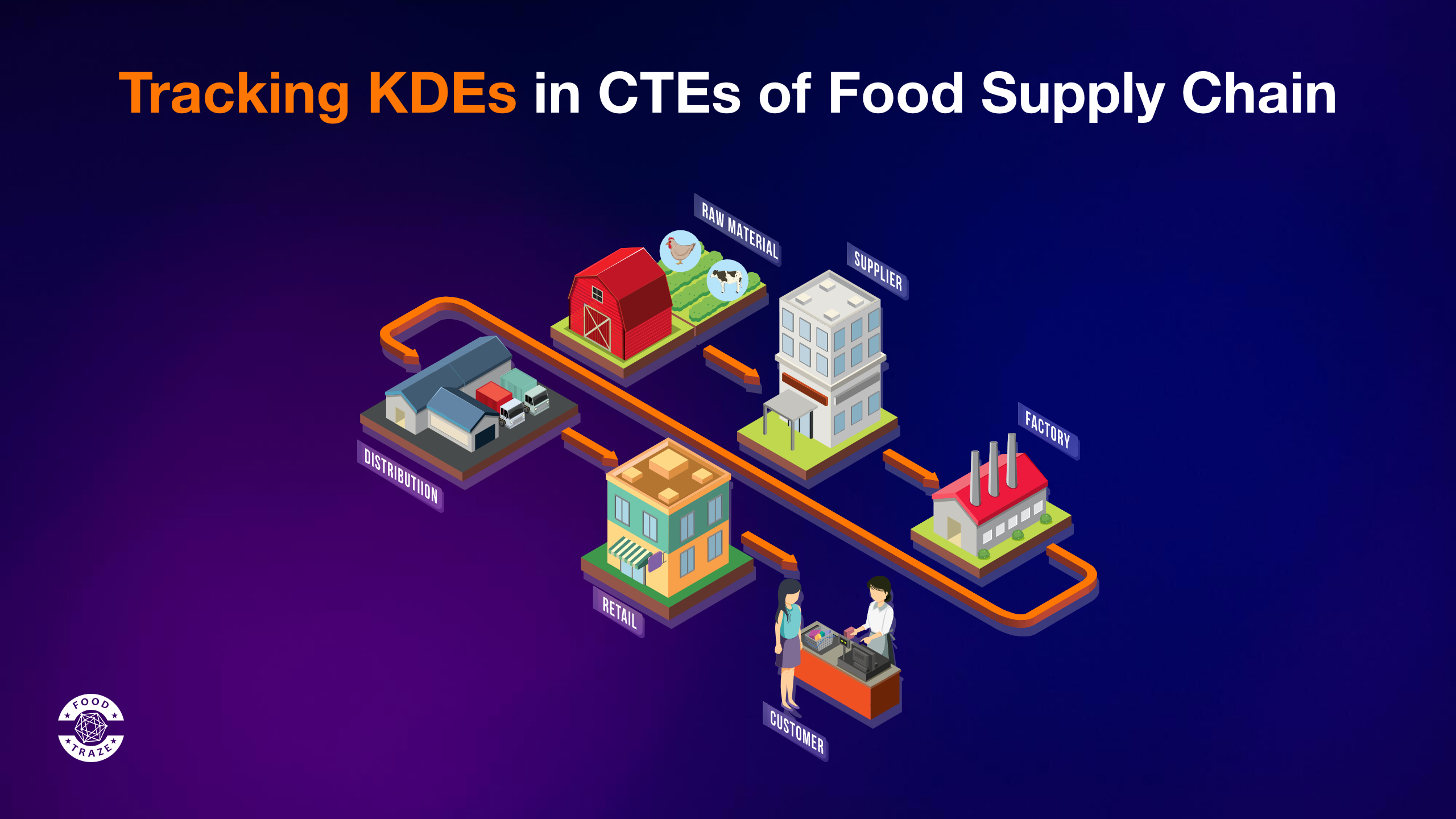Unlocking Food Traceability: Understanding Critical Tracking Events (CTEs) and Key Data Elements (KDEs)
 John cornor
John cornor
In today’s globalized food industry, ensuring the safety, quality, and integrity of food products is of utmost importance. Critical Tracking Events (CTEs) and Key Data Elements (KDEs) play a crucial role in achieving food traceability, enabling stakeholders to monitor the journey of food products from production to consumption. In this article, we’ll explore the significance of CTEs and KDEs, along with real-life examples illustrating their application in various stages of the food supply chain.
Critical Tracking Events (CTEs): CTEs are pivotal moments in the lifecycle of a food product, representing key stages such as production, processing, distribution, and consumption. At each CTE, specific actions are taken, and data is recorded to track the movement and handling of food products.
Key Data Elements (KDEs): KDEs are essential pieces of information captured at each CTE, providing valuable insights into the origin, handling, and attributes of food products. These elements help stakeholders ensure food safety, quality, and compliance with regulatory standards.
CTE of Food Production: During food production, CTEs may include harvesting, sorting, washing, and packaging. For example, in the case of fresh fruits, CTEs could involve orchard harvest, washing, sorting by size, and packaging into crates. Corresponding KDEs may include harvest dates, orchard locations, batch numbers, and storage temperatures.
CTE of Food Processing: In food processing facilities, CTEs encompass various stages such as grinding, mixing, cooking, and packaging. For instance, in the production of canned soups, CTEs could include ingredient mixing, cooking at high temperatures, filling into cans, and sealing. KDEs may include batch numbers, cooking temperatures, and expiration dates.
CTE of Food Distribution: During food distribution, CTEs occur at warehouses, transportation hubs, and retail outlets. For example, in the distribution of frozen foods, CTEs may involve storage in cold warehouses, transportation in refrigerated trucks, and stocking on store shelves. KDEs may include temperature logs, handling instructions, and delivery dates.
Food Consumption: At the consumption stage, consumers can access complete tracking information through innovative technologies like QR code scanning. By scanning product labels, consumers can retrieve data on the product’s journey, including CTEs and KDEs, empowering them to make informed decisions about their food choices.
In conclusion, Critical Tracking Events (CTEs) and Key Data Elements (KDEs) are essential components of food traceability, enabling stakeholders to monitor and manage the movement of food products throughout the supply chain. By implementing robust traceability systems and leveraging technologies like FoodTraze, the food industry can enhance transparency, safety, and trust among consumers. Embracing a culture of traceability not only ensures regulatory compliance but also fosters consumer confidence in the safety and quality of food products.
Subscribe to my newsletter
Read articles from John cornor directly inside your inbox. Subscribe to the newsletter, and don't miss out.
Written by
